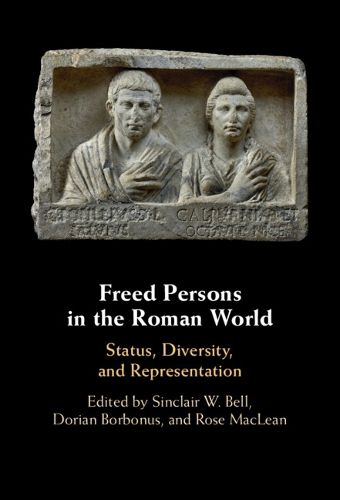Readings Newsletter
Become a Readings Member to make your shopping experience even easier.
Sign in or sign up for free!
You’re not far away from qualifying for FREE standard shipping within Australia
You’ve qualified for FREE standard shipping within Australia
The cart is loading…






How were freed people represented in the Roman world? This volume presents new research about the integration of freed persons into Roman society. It addresses the challenge of studying Roman freed persons on the basis of highly fragmentary sources whose contents have been fundamentally shaped by the forces of domination. Even though freed persons were defined through a common legal status and shared the experience of enslavement and manumission, many different interactions could derive from these commonalities in different periods and localities across the empire. Drawing on literary, epigraphic, and archaeological evidence, this book provides cases studies that test the various ways in which juridical categories and normative discourses shaped the social and cultural landscape in which freed people lived. By approaching the literary and epigraphic representations of freed persons in new ways, it nuances the impact of power asymmetries and social strategies on the cultural practices and lived experiences of freed persons.
$9.00 standard shipping within Australia
FREE standard shipping within Australia for orders over $100.00
Express & International shipping calculated at checkout
How were freed people represented in the Roman world? This volume presents new research about the integration of freed persons into Roman society. It addresses the challenge of studying Roman freed persons on the basis of highly fragmentary sources whose contents have been fundamentally shaped by the forces of domination. Even though freed persons were defined through a common legal status and shared the experience of enslavement and manumission, many different interactions could derive from these commonalities in different periods and localities across the empire. Drawing on literary, epigraphic, and archaeological evidence, this book provides cases studies that test the various ways in which juridical categories and normative discourses shaped the social and cultural landscape in which freed people lived. By approaching the literary and epigraphic representations of freed persons in new ways, it nuances the impact of power asymmetries and social strategies on the cultural practices and lived experiences of freed persons.